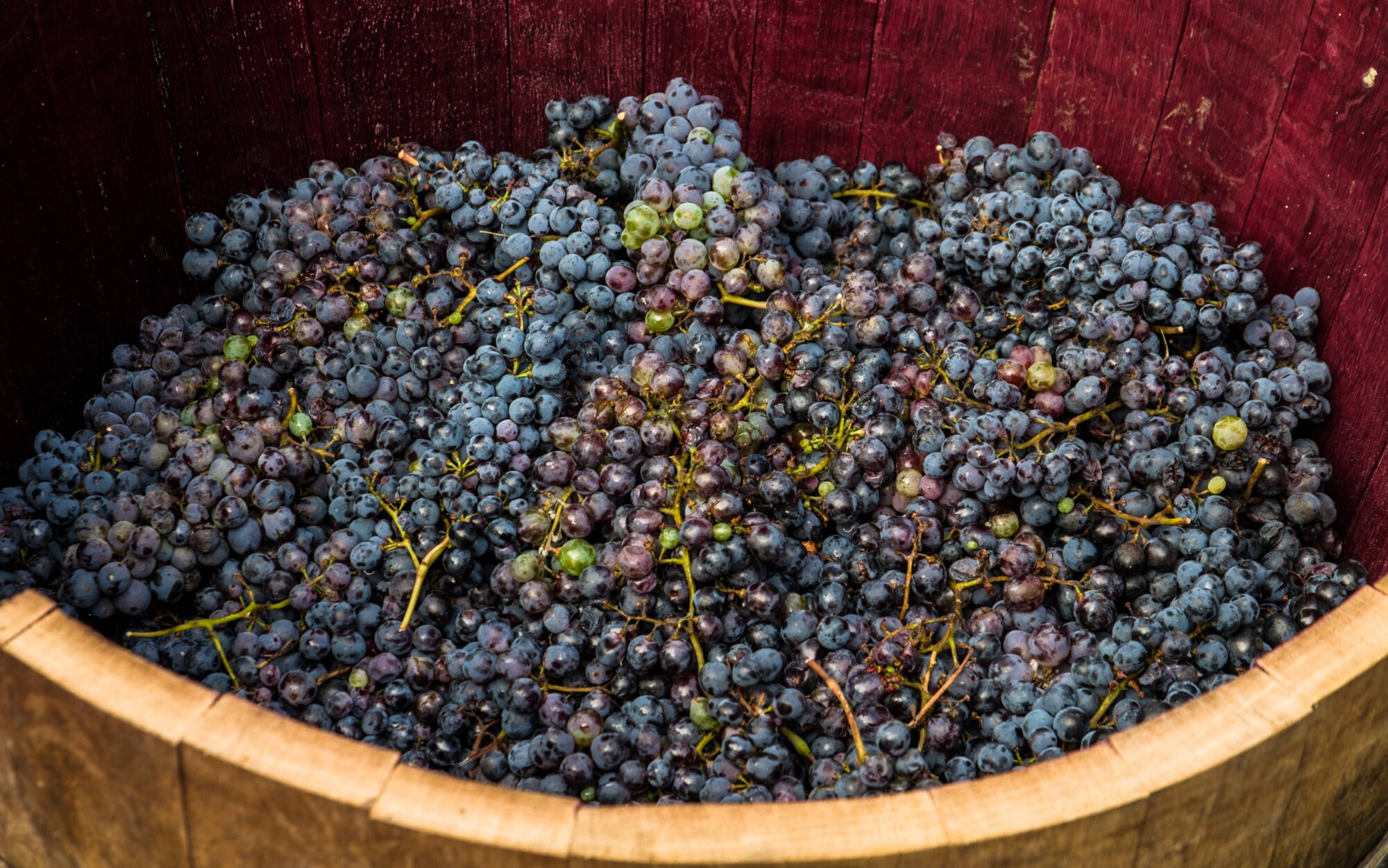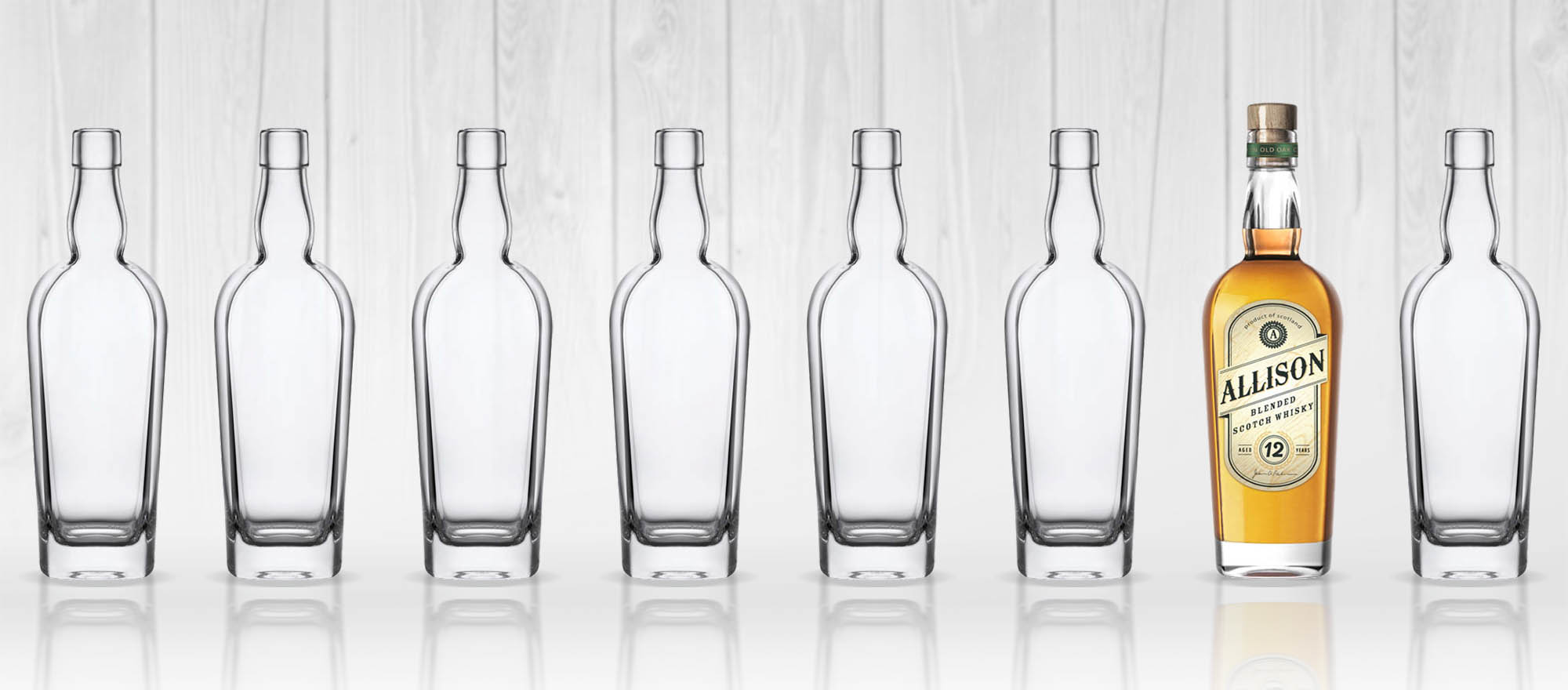
Whether you are starting a microbrewing business or just brewing for personal use, wine making is fairly easy to do. All you need is some wine making equipment, the right ingredients, a controlled environment, and plenty of time. Therefore, here is our step by step guide to making wine for beginners.
Part One – What You Need
In terms of ingredients, your list is very simple:
- Wine yeast
- Filtered water
- Granulated sugar
- A good supply of wine grapes
When it comes to your wine making equipment, you should have the following on hand:
- A large bucket and lid to use for the main fermentation process.
- Three smaller glass containers to use as secondary fermentation vats.
- Three airlocks to act as fermentation traps.
- A rubber cork for use in the secondary fermentation vat.
- A large straining bag made of nylon mesh.
- A long length of clear plastic siphon tubing.
- About 20 wine bottles, five for each gallon of wine made.
- A funnel that can fit in the mouth of each bottle.
- Pre-sanitised corks for each bottle plus a hand corker.
- A fruit presser or crusher for your grapes.
- A hydrometer for checking sugar levels.
Part Two – Fermenting the Wine
- Clean, rinse and sterilise all equipment immediately before use.
- Remove each grape from its stems and wash them thoroughly. Throw out any rotten or suspicious looking grapes.
- Press or crush the grapes and let the juice run into the main fermentation vat.
- Add wine yeast into the grape juice.
- Insert your hydrometer into the mixture. If it reads less than 1.010, dissolve some granulated sugar in filtered water and add it to the mixture.
- Stir the mixture thoroughly then cover the main fermentation vat with a cloth. Leave it to ferment for a week to 10 days.
Part Three – Removing the Sediment
- By the end of the main fermenting process, you should notice a froth develop on top while the sediment falls to the bottom. Use your nylon bag to strain the liquid and remove the froth and sediment.
- Let the strained juice run through the funnel into the secondary fermentation containers, making sure to fill to the top to prevent air from getting in.
- Fit airlocks to each of the containers and allow them to ferment further for several weeks.
- Use the plastic tube to siphon the wine into new, clean secondary fermentation containers. This will further remove the remaining sediment.
- Keep repeating the previous step for a further two to three months until the wine is clear of any sediment.
Part Four – Finishing the Wine
- With the plastic tubing cleaned and sterilised, run the wine into each bottle, leaving a small amount of space for the cork.
- Insert a cork into each bottle and stand them upright for three days.
- After three days store each bottle on its side in a cool area of around 12C. Red wine should be aged for at least a year, while white wine will be ready in six months.
The Bottle Jar Company
To view our range of wine fermentation products we invite you to get in touch with us today.









